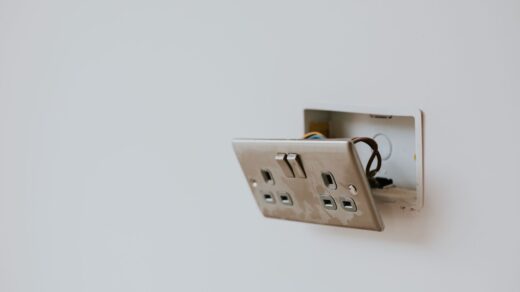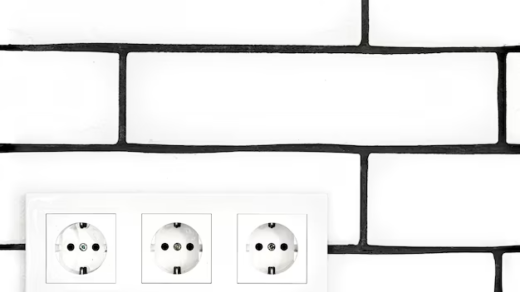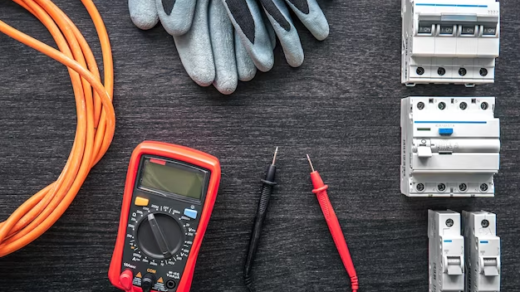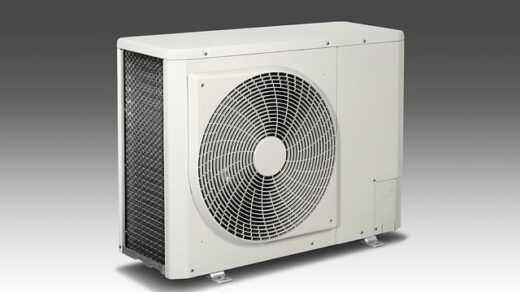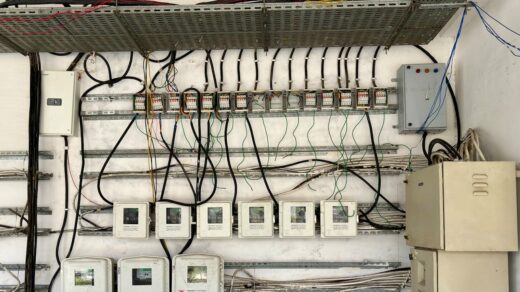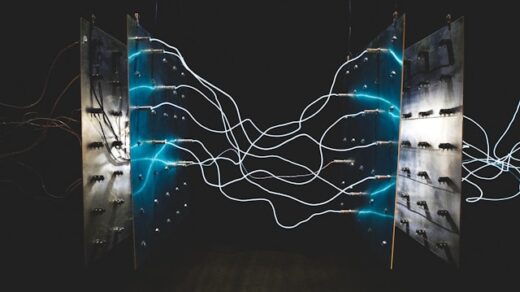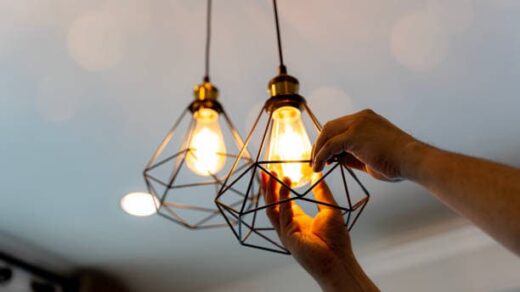We all cherish those serene moments right before a storm. The air smells fresh, there’s a light breeze, and the ambiance is oddly calming. But then comes the lightning. Fierce, unpredictable, and immensely powerful. Have you ever paused and wondered, “Is my trusty surge protector up to the challenge of stopping such a force?”
Understanding Surge Protectors: More Than Just A Power Strip
What exactly is a surge protector? At a glance, it seems like an ordinary power strip. But dive deeper, and you’ll find a guard, standing firm between your devices and any unexpected electrical surge.
Basics of Operation
At its core, a surge protector works by limiting the voltage supplied to an electric device. It acts as a gatekeeper, ensuring voltages beyond a safe threshold don’t pass through.
Components that Matter
The primary component responsible for this protective measure is the Metal Oxide Varistor (MOV). It’s like the bouncer of the club, deciding who gets in and who stays out based on voltage levels.
The Mighty Force of Lightning: A Power Beyond Measure
When Zeus hurls his bolt from the sky, the energy and power are beyond what most can fathom. Here’s a glimpse into the might of a lightning strike:
- Raw Energy: A typical lightning bolt can carry up to 1 billion volts of electricity. That’s billion with a ‘B’. Astounding, right?;
- Transient Voltage: Lightning, in its nature, causes transient voltage. Think of it as a sudden spike in power that’s there one moment and gone the next.
The Real Deal: Can Surge Protectors Stand Against Lightning?
Alright, let’s cut to the chase. A surge protector is effective against minor surges. But when it comes to a direct lightning strike, the sheer power can easily overwhelm most commercial surge protectors.
Direct Strikes
If lightning directly hits your home or close proximity, the massive energy is too much for any surge protector. It’s akin to using an umbrella in a hurricane; the scale just doesn’t match.
Indirect Strikes
Now, this is where surge protectors can shine. If a nearby object (like a tree or a pole) gets struck and causes a surge in your line, a surge protector can possibly fend off the incoming surge, safeguarding your devices.
When Defense Fails: The Aftermath of a Lightning Strike
- Burnt Protectors: Surge protectors have a limit. Once overwhelmed, they can get damaged or even catch fire;
- Device Damage: Without protection or with inadequate protection, devices plugged into the power source can get fried instantly;
- Data Loss: For tech aficionados, data loss can be heartbreaking. Imagine your hard drive with years of memories succumbing to a lightning strike. It’s gut-wrenching.

Beyond Surge Protectors: Total Home Protection
If you’re aiming to fortify your home against lightning, consider a layered approach.
Lightning Rods
Installed on rooftops, they attract lightning and safely guide it to the ground, bypassing your home entirely.
Whole-house Surge Protectors
Installed at your electrical panel, they provide an added layer of defense against surges.
Unplugging Devices
Old school, but effective. If a storm is forecasted, unplugging devices is a foolproof way to ensure they’re safe.
The Science Behind Surge Protection
Electricity, as captivating as it is, can be fairly complex. The mechanics behind surge protection aren’t just about stopping electricity but directing and controlling it.
A surge protector operates using three different protective components:
- Line-to-neutral (L-N): This is the most common protection found in power strips. It manages the surge between the hot wire (line) and the neutral wire;
- Line-to-ground (L-G): Protects against surges happening between the hot wire and the ground;
- Neutral-to-ground (N-G): Controls the surges that occur between the neutral wire and the ground.
All three components function simultaneously, ensuring that electricity is directed away from your devices and safely into the ground.
Surge Protection Ratings: Making Sense of the Numbers
When shopping for surge protectors, you’ll often come across a myriad of numbers and terms. Let’s demystify some of them:
Key Ratings to Consider When Purchasing a Surge Protector
| Rating/Term | Description |
|---|---|
| Joule Rating | Measures the energy absorption capacity. Higher is better. |
| Clamping Voltage | The voltage at which the surge protector kicks in. Lower numbers indicate quicker responses. |
| Response Time | Time taken for the protector to respond to a surge. Aim for a lower number. |
| MCOV (Maximum Continuous Operating Voltage) | The maximum voltage the protector can handle continuously without failure. |
Remember, it’s not just about a single number. A surge protector with a high joule rating but a slow response time might not be as effective as you’d think.
Maintaining Your Surge Protector: Tips and Tricks
It’s not just enough to buy a surge protector; maintaining it is key to its longevity and effectiveness. Here are some easy-to-follow maintenance tips:
- Inspect Regularly: Look for signs of wear, tear, or damage. A damaged surge protector can be more of a hazard than a help;
- Test the Protector: Some surge protectors come with a built-in tester. If yours has one, use it monthly to ensure it’s still functional;
- Keep it Clean: Dust can not only reduce its efficiency but can also pose a fire risk. Ensure your surge protector is dust-free and clean;
- Position Properly: Avoid placing your surge protector near high-heat devices or in direct sunlight. A cool, dry place is ideal.

The Global Impact of Lightning Strikes
The sheer power of a lightning bolt, as it tears through the sky, is not only a sight to behold but also a force that has considerable global implications.
Economic Impacts
Every year, billions of dollars in property damages and loss can be attributed to lightning strikes. Beyond just personal electronics or home appliances, critical infrastructures such as power lines, communication towers, and industrial equipment are at risk. These damages lead to service interruptions, repair costs, and in some cases, can escalate to fire emergencies that devastate properties and landscapes.
Environmental Consequences
Lightning strikes can also have a profound impact on our environment. Forest fires ignited by lightning can ravage thousands of acres, displacing wildlife and altering ecosystems. Moreover, when lightning strikes the ground, it can cause nitrogen fixation, a process where nitrogen in the atmosphere is converted into a form plants can utilize. While this sounds beneficial, an excess can lead to over-fertilization of aquatic systems, leading to a range of environmental problems including algal blooms.
Closing Thoughts: Preparedness is Key
While surge protectors are marvels in their domain, expecting them to combat the brute force of a lightning bolt might be a bit much. As with all things in life, it’s better to be over-prepared than under. After all, it’s not just about saving devices; it’s about ensuring the safety of the haven we call home.
Frequently Asked Questions
No, not all power strips are surge protectors. Always check for labels or indications that state its surge protection capabilities.
Every 2-3 years or after a significant surge event.
No, they primarily protect against voltage spikes. They can’t guard against power sags or other types of electrical disturbances.
Not necessarily. It’s essential to look at the joule rating and ensure it matches your needs.
It’s not recommended as it can be a fire hazard and may not provide added protection.

